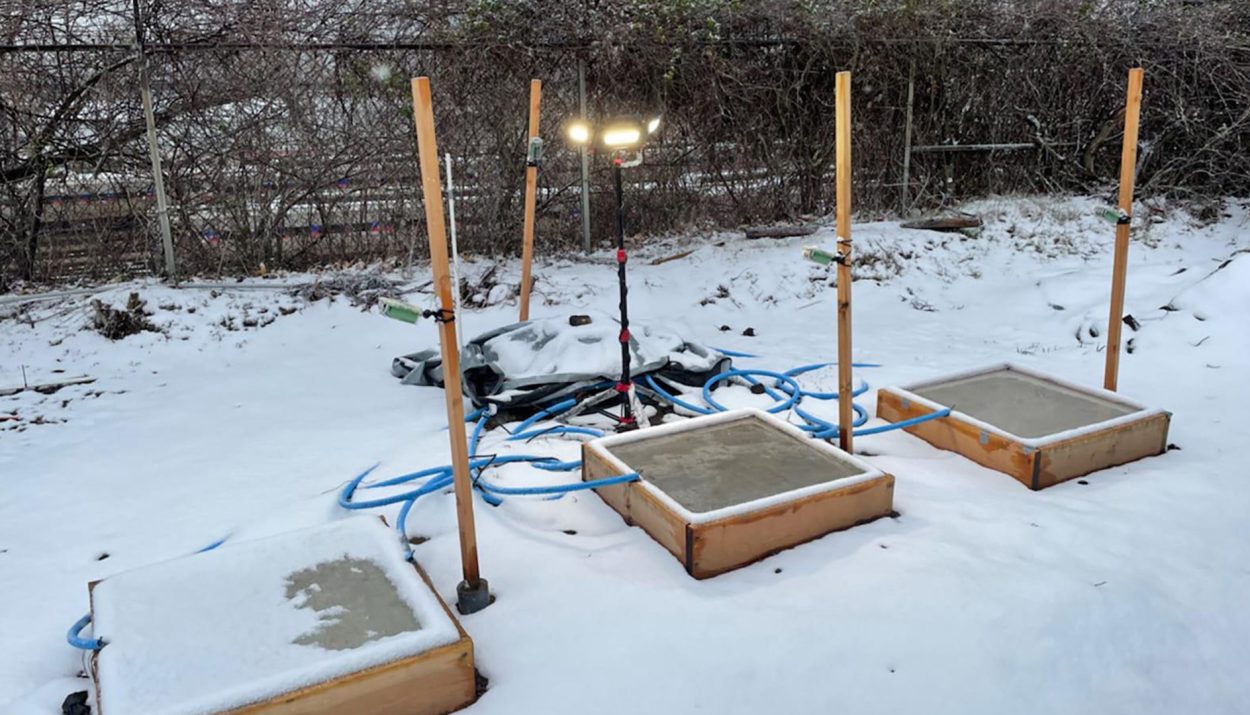Climate change often discusses what to do when the weather gets a little too warm for comfort. Rising temperatures has led to significant weather events such as intense hurricanes and floods that cities and counties aren’t prepared for. However, there is another downside to climate change, which is addressed during the freezing winter months.
Conversations Around Climate Change
While the conversation around massive climate events often centers around devastating situations such as hurricanes or floods, there is another impactful weather type that often gets overlooked in the conversation around weather. Snow can be just as devastating as rain, and it doesn’t get nearly as much attention in the discussion around global warming.
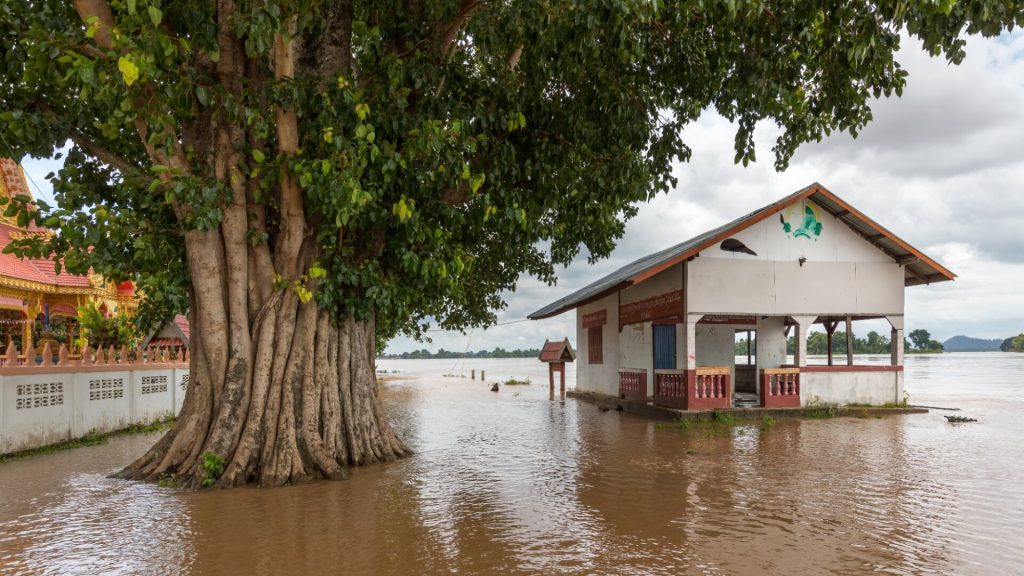
This is understandable. After all, the conversation is around global warming, not global cooling. Climate change has more consequences than the mere increase of global temperature, as devastating as those consequences can be, though. Addressing the issues that come with extreme weather events during the winter is just as important as reinforcing buildings that might be impacted by hurricanes.
Methods of Winter Proofing
This can look like reinforcing power grids or buying generators for winter storms, where the power might be out for undetermined lengths of time. It can also look like updating piping, so that the pipes are less likely to freeze during cool temperatures. Addressing winter weather concerns is a wide-ranging proposition, one that can be addressed on both a personal and widespread level.

One of the issues that often comes up during the winter is streets and sidewalks that are inundated with snow. Many cities that have very cold weather have the infrastructure to deal with this problem, with snow plows and crews that can come out to clear the roads and make them driveable once more.
Some Cities Don’t Have the Infrastructure
However, states and cities that typically see warmer weather don’t have that same infrastructure in place. In 2008, Las Vegas saw a snowstorm that incapacitated the city. The storm lasted for several days, and some parts of the city saw as much as 10 inches fall and stick to the ground.

Understandably, the desert city didn’t have the infrastructure in place that would make managing such a winter storm manageable. Vegas doesn’t have snow plows or the know-how to deal with snow, and as such, schools and many businesses in the city were forced to shut down until the snow melted and the streets were clear again.
Snow is Unpredictable
Even for cities with the infrastructure in place to deal with snow, though, there are times where snow hits so suddenly that the city cannot muster an adequate response. Streets can be blocked off by snow, and ice on the road can cause a deadly situation when drivers aren’t properly prepared for it.
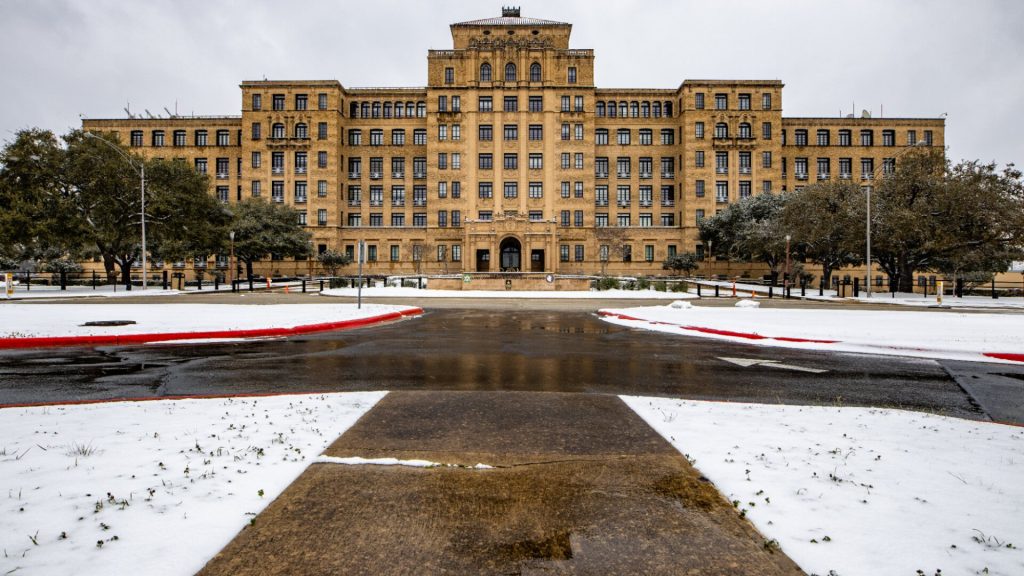
This fact has led researchers to consider different ways to handle snow and ice during the winter. Ice and snow plows are very well and good, but some researchers out of Drexel University have been thinking bigger, considering ways to keep the roads and sidewalks snow and ice free without any human intervention whatsoever.
A Study at Drexel University
The idea is being tested in an inconspicuous corner of the Drexel University campus, where two 30-inch-by-30-inch slabs of concrete have been warding off snow, sleet, and freezing rain all on their own. This is without shoveling, salting, or scrapping, and the project has been going on for a little over three years.

The engineering department at the university has been using the experiment to explore the science of self-heating concrete. This special type of concrete can warm itself up when it snows, or even just as surrounding ambient temperatures approach freezing.
The Concept Explained
The idea is simple: concrete that can heat as the weather cools and as it snows is better able to melt snow and keep itself dry in cold weather. This is the latest in an ongoing effort to create more environmentally responsive and resilient infrastructure, especially in the northern regions of the United States.

The purpose of this is twofold: not only is it safer for citizens and drivers to have clear roads, but it’s also more fiscally responsible. The National Highway Administration estimates that states spend $2.3 billion on snow and ice removal operations every year, and millions more to repair roadways damaged by winter weather.
A Five-Year Study
The Drexel team has been developing its cold-weather resistant concrete for the last five years, with the goal of reducing the freezing, thawing, and salting that eats away at roads and other types of concrete surfaces.

Up until recently, the success of their self-heating concrete, which has been reported to melt snow and prevent ice formation for an extended period of time, has only been observed in a lab setting. The most recent stage of their study has brought the concrete out into the elements to see how it reacts in real time to real world weather.
Incorporating Phase-Change Materials
The secret to the concrete’s warming abilities is low-temperature liquid paraffin, which is a phase-change material. This means that it releases heat when it turns from its room-temperature state as a liquid, to a solid state when temperatures drop.
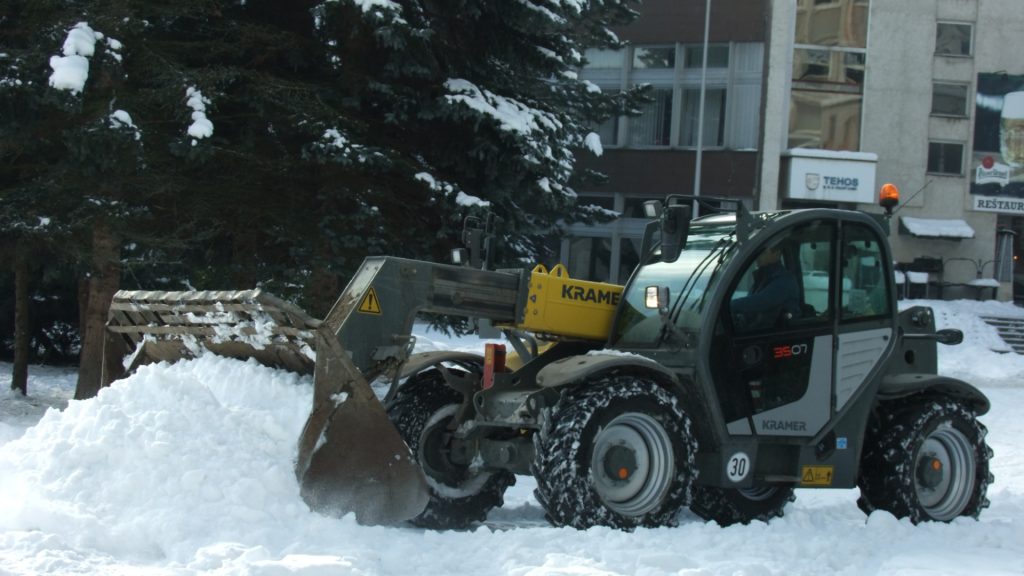
A previous study done by this same study group reported that incorporating liquid paraffin into the concrete mix triggers heating when temperatures drop. Their latest research is looking at two methods for incorporating the material into concrete slabs, and looking at how each fare in the cold outside.
Different Methods of Incorporation
The first method involves treating porous lightweight aggregate – that is, the pebbles and small stone fragments that are ingredients in concrete – with the paraffin. The aggregate absorbs the paraffin before being mixed into the concrete.

The second strategy involved mixing micro-capsules of paraffin directly into the concrete itself. The different methods examine whether it’s more effective to add the paraffin before or after the fact, which, if this study is successful, could have important implications for how to implement this environmentally friendly change to roads moving forward.
Three Slabs of Concrete
The researchers poured one slab of concrete using each method, and then a third slab of concrete without any phase-change material at all as a control. The slabs were moved outside to endure the elements in December of 2021, where they’ve been ever since.
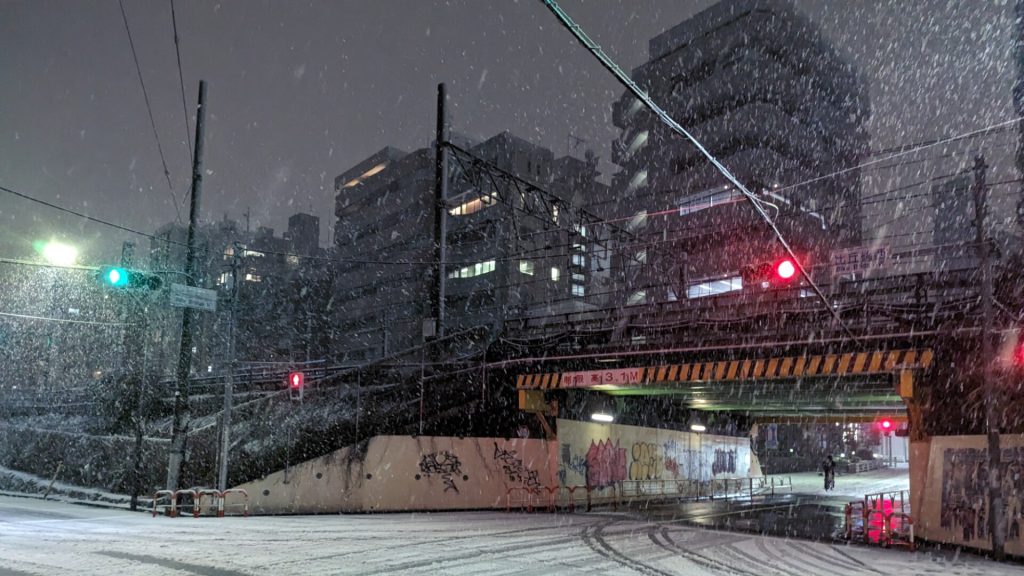
In the first two years of the experiment, the slabs faced a total of 32 freeze-thaw events, and five snowfalls of one inch or more. These weather events allowed the researchers to see how the slabs reacted to weather in real time, as well as the effect that it had on the integrity of the concrete’s structure.
Thermal Sensors to Measure Results
The researchers used cameras and thermal sensors to monitor the temperature and snow and ice-melting behavior of the three slabs. They determined that the phase-change slabs were able to maintain a surface temperature between 42 and 55 degrees Fahrenheit for up to 10 hours when air temperatures dropped below freezing.

These higher temperatures are enough to melt a few inches of snow, at a rate of approximately a quarter of an inch per hour. While this is likely not warm enough to melt a heavy snow event before snow plows are needed, it can help keep the road surface free of ice and safer for cars, even in heavy snow events.
A Significant Discovery
Keeping the road surface warmer can also go a long way to prevent deterioration of the concrete, according to the researchers. Freezing and thawing cycles can cause a surface to expand and contract in size with the weather, putting a strain on the integrity of the surface and causing weakening and cracking over time.
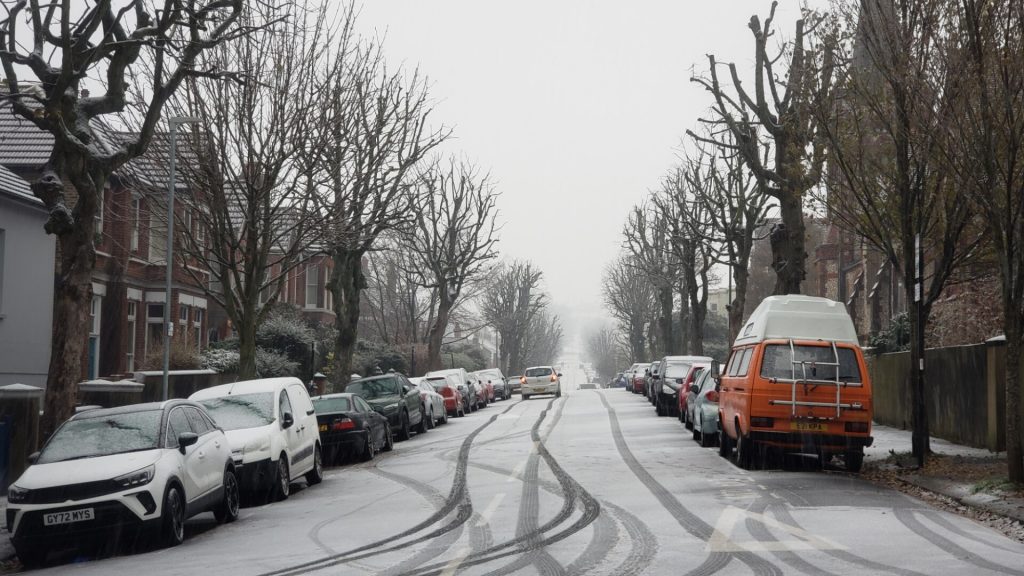
This tendency won’t degrade the concrete’s structure to the point of failure by itself, but it creates vulnerability in the surface that can lead to higher turnover – and therefore a higher cost to taxpayers to have roads fixed – over the years.
Room for Improvement in the Tech
Despite the promising early data, there is still room for improvement regarding the technology. The researchers admit that, while it is remarkable that the concrete is able to heat and melt snow and ice so effectively, the technology is flawed. For instance, if the phase-change material doesn’t have time to thaw between freezing cycles, the performance of the warming effect might be diminished.
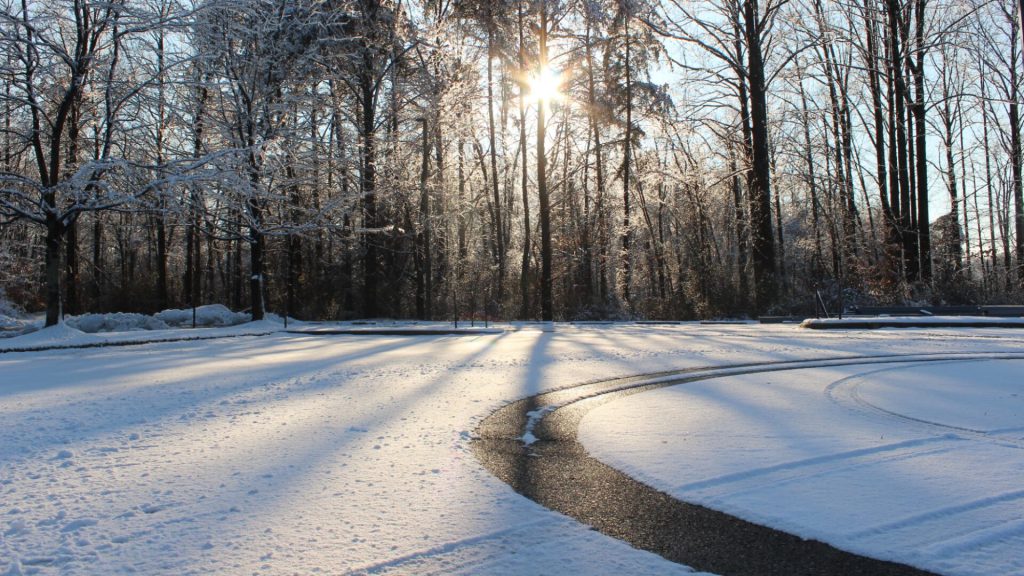
Still the researchers are hopeful. “With these findings, we will be able to continue to improve the system to one day optimize it for longer heating and greater melting. But it is encouraging to see evidence of significant reduction of freeze-thaw cycles,” said Robin Deb, one of the doctoral students who helped lead the research. The next phase of study is still being determined, and will be fascinating to see come to completion.

